For Indian home cooks, the oven is an indispensable appliance for baking, roasting, and more. When purchasing a new oven, you’ll likely encounter two main types – convection and conventional. While they may look similar on the outside, the internal workings differ significantly between these two oven technologies.
This article will cover everything you need to know about convection vs. conventional ovens so you can determine which is better suited for Indian cooking and lifestyle needs. We’ll compare their heating mechanisms, airflow, speed, temperature accuracy, usage tips, and more. Let’s explore the key distinctions.
How Do Convection and Conventional Ovens Heat?
The core difference between conventional and convection ovens is the heating system and airflow:
Conventional Oven Heating:
- Relies on radiant or thermal heat from bake and broil elements in a fixed position.
- Heat is concentrated most intensely near the elements.
- Airflow is minimal and passive.
Convection Oven Heating:
- Circulates hot air throughout the cavity using a fan near the rear.
- Heat is dispersed more evenly due to active airflow.
- Fan distributes heat faster and maintains precise temperature.
The convection process allows for very precise baking as the steady airflow eliminates hot or cold spots within the oven. Food cooks faster and more evenly using a convection cycle.
Cooking Speed and Temperature Accuracy
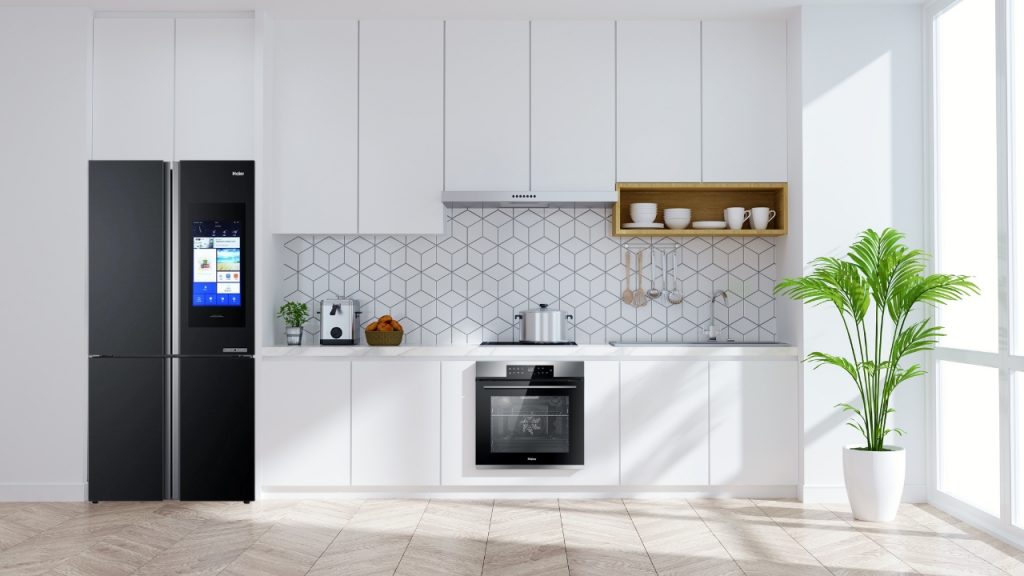
The contrasting heat delivery systems impact cooking speed and precision:
Conventional Baking:
- Passive radiant heat is slower to penetrate dense foods.
- Temperatures fluctuate more throughout the cavity.
- Foods may cook unevenly if not rotated.
- Lower heat conductivity lengthens preheat and baking time.
Convection Baking:
- Active airflow transfers heat quickly, penetrating food faster.
- Temperatures stay steady and consistent throughout.
- No need to rotate items for even results.
- Rapid preheat and reduced baking duration by 25-30%.
So convection ovens achieve quicker, efficient cooking thanks to their active fanned heat circulation.
Impact on Flavour and Texture
The type of oven also influences final food quality:
Conventional Baking:
- Uneven heating can create a drier exterior but undercooked interior.
- Flavors develop slowly, requiring longer time in the oven.
- Better for delicate dishes as heat is less intense overall.
Convection Baking:
- Circulating hot air crisps and browns the exterior nicely.
- Seals in juices for tender and moist interior texture.
- Concentrated direct heat intensifies flavors quickly.
- Not ideal for very sensitive baked goods.
For most dishes, a convection oven better seals in moisture and flavors. Though conventional models shine for gently heating delicate soufflés, custards etc.
Weight Loss and Energy Efficiency
There are also some key differences in efficiency:
Conventional Ovens
- Longer preheat and bake times increase energy usage.
- Opening the door frequently causes heat loss and wastes energy.
- Less insulation increases heat dissipation and electricity consumption.
Convection Ovens
- Shorter cooking cycles use less electricity.
- Fan promotes air circulation so heat is retained when the door opens.
- Extra insulation improves heat retention, enhancing efficiency.
The enclosed heated airflow allows convection ovens to function more energy efficiently. You’ll maximize savings by not opening the door unnecessarily.
Convection Ovens by Haier – Efficiency and Accuracy
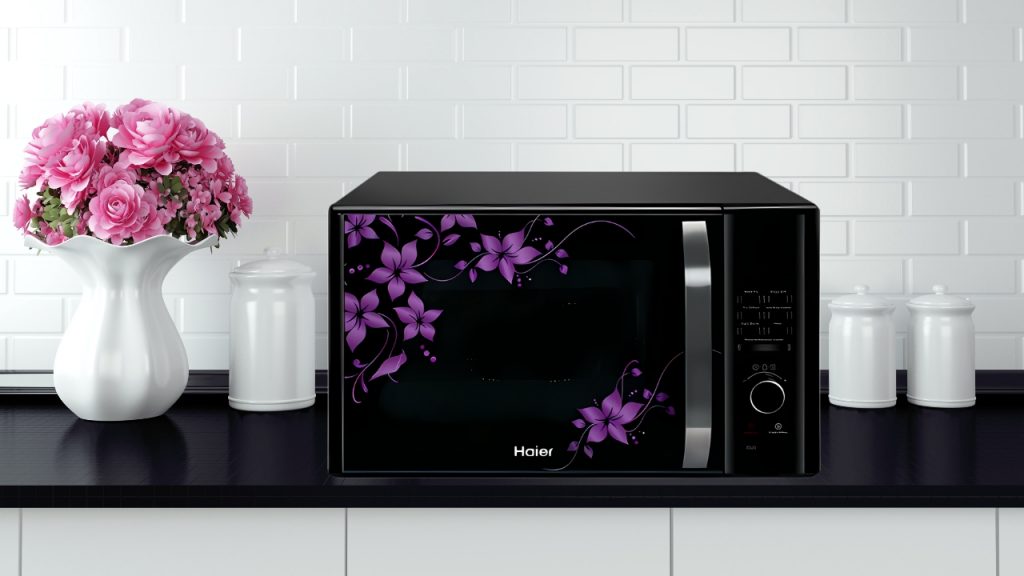
Among convection oven brands in India, Haier is a leading choice praised for consistent heating and energy savings. Their Higher Voltage Convection Ovens utilize 3200W heating elements for rapid preheating and reduced cooking time.
The fully insulated cavity retains heat properly for precision baking. Haier convection ovens provide multi-stage cooking options to automatically switch between preset temperatures – perfect for baking then browning. Some of the Oven options by Haier India include:
With its 400 auto cook menus, this microwave oven takes the guesswork out of cooking by providing pre-programmed settings for quick and easy meal prep. The crispy grill function allows you to get that delicious char-grilled taste, while the home fry feature lets you roast vegetables and meats to perfection. The bread basket is ideal for baking fresh loaves or even warming up leftovers. Additional highlights include low temperature cooking, oil free cooking options, defrost settings, and combination modes for using different functions together.
The 305 auto cook menus provide easy, pre-set cooking options in this 25L model. You can cook oil free dishes with the dedicated function, and the memory function allows you to save customized settings. Making paneer, ghee, or curd is straightforward with the specialized modes. The bread basket lets you bake bread or keep food warm. With its combination cooking, deodorizer, stainless steel cavity, and 4 combination functions, this oven provides versatility.
The large 76L capacity accommodates big dishes or several items at once in this built-in smart oven. With 10 specialized heating modes and precise temperature control, it provides customized cooking. The 3D heating ensures even cooking throughout the cavity. Connect it to the app for smart features. The 3 layered glass door, child lock, and precise temperature control add safety and convenience.
The compact 20L capacity is suitable for small families and couples. It comes equipped with 101 preset auto cook menus that provide quick and easy cooking options. The grill function allows for making deliciously char-grilled snacks, tikkas, or roasted vegetables. The multi-stage cooking feature lets you combine different modes like grill, convection, and microwave for versatile cooking. The defrost function helps thaw frozen foods evenly.
Some additional conveniences include the keep warm feature to hold cooked food at the perfect temperature, the deodorizer to remove unwanted smells, and the child safety lock to prevent accidental use. The stainless steel cavity is durable and easy to clean. With its combination of presets, specialized functions, and useful features, this microwave simplifies everyday cooking. Its compact size also makes it ideal for small kitchens and apartments.
Price Points and Sizes
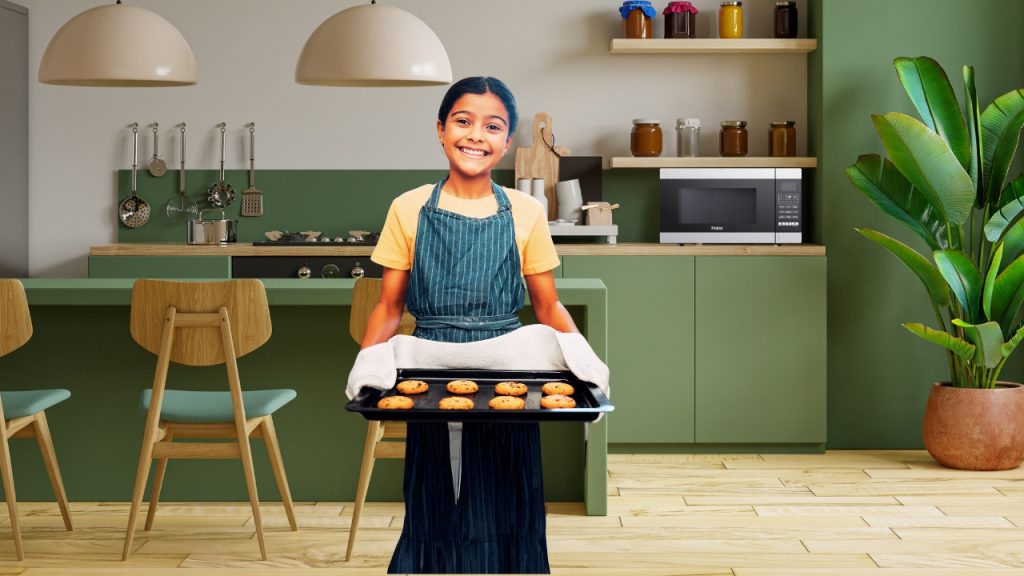
What about cost and dimensions? Here’s how they compare:
Conventional Ovens
- More affordable price point, typically 10-25% lower cost.
- Smaller units may start around ₹5,000.
- Wider range available from compact 20L up to 60L models.
Convection Ovens
- Premium pricing, generally 25-50% costlier.
- Usually upward of ₹10,000 even for compact units.
- Tend to start at higher capacities of 35L and above.
The additional fan motor and insulation result in a more expensive convection oven. But frequent cooks find the added efficiency worthwhile.
Cleaning and Maintenance
General cleaning is similar, but convection ovens require extra element care:
Conventional Oven
- Wipe the interior with mild cleaner and warm water.
- Descale the bottom heating element periodically.
- Self-cleaning function breaks down oil and grease.
Convection Oven
- Follow the same interior cleaning regimen.
- Keep fan blades and vents clear of debris.
- Lubricate fan motor annually.
- Detach and wash fan blades carefully every few months.
Convection ovens need a bit more maintenance to keep the fan working smoothly. But cleanings are quick and infrequent.
Choosing the Right Oven for Indian Cooking
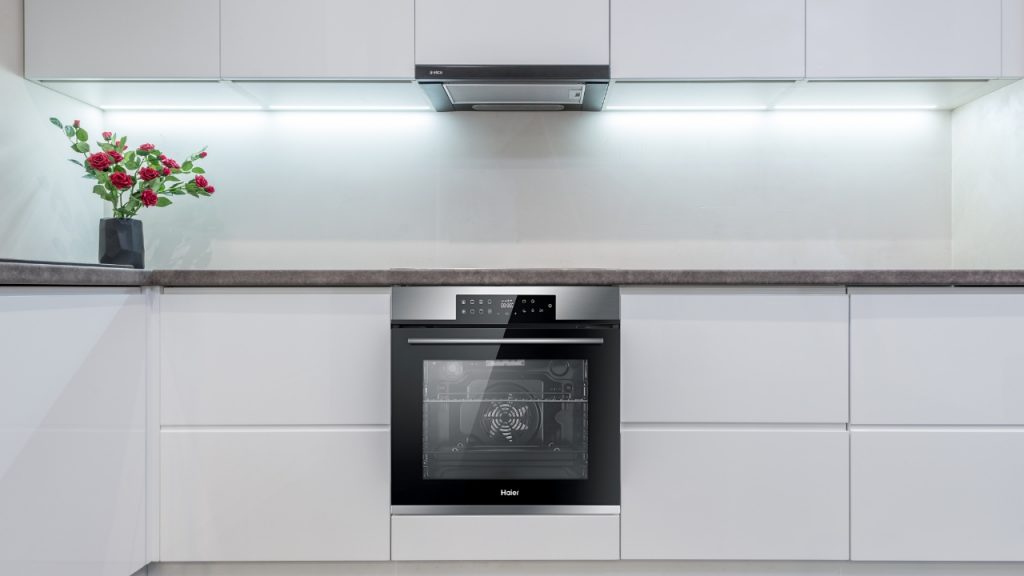
When selecting a model for your kitchen, consider these factors:
For conventional ovens:
- Baking cakes, cookies, soufflés, custards and delicate items.
- Slow roasting meats and dishes at lower temperatures.
- Cooking smaller batches or items in pans.
- When budget is a main concern.
For convection ovens:
- Faster cooking and preheating.
- Baking multiple racks evenly.
- Crisping meats and pastries nicely.
- Holding precise temp for finicky recipes.
- Maximizing energy savings.
Evaluate your menu and cooking needs. Convection ovens excel for Indian breads, meats, roasts etc. benefiting from swift, concentrated heating. But conventional ovens can handle delicate curries, custards or single dishes well at a lower price.
Convection Oven Best Practices
Follow these tips to maximize success when cooking with convection:
- Lower oven temperature by 25°F compared to conventional recipes.
- For baking, only fill pans 2/3 full to allow airflow.
- Avoid opening the door to check food frequently.
- Place pans towards the back of the oven so the fan blows evenly over them.
- Stagger pans on racks to allow airflow circulation.
- Brush meats and pastries with oil or egg wash for enhanced browning.
- Maintain tighter watch for doneness with faster cooking.
With a short learning curve, convection ovens deliver excellent results. Reduce heat, fill pans partway, and keep the door shut as much as possible.
Additional Factors to Consider
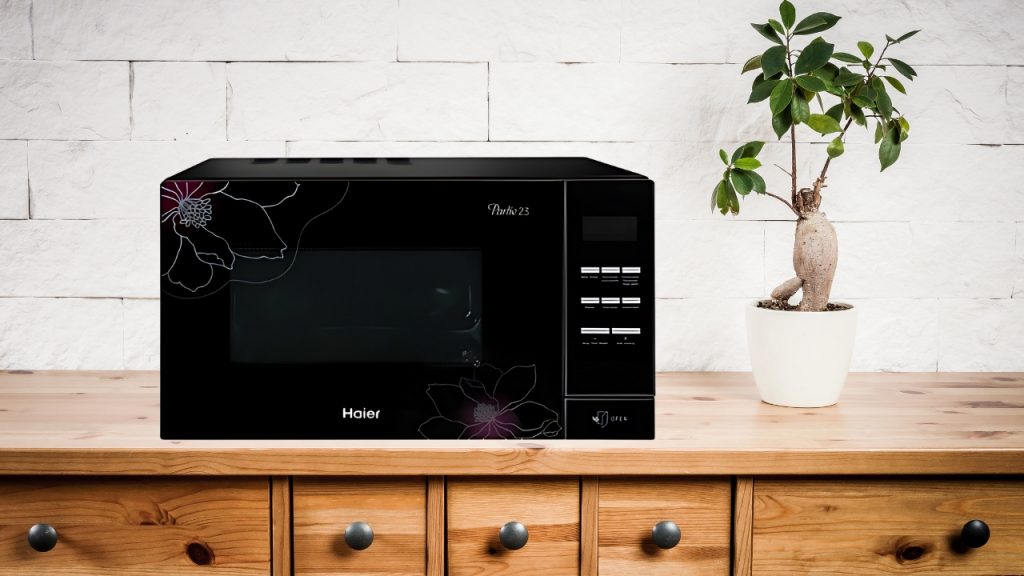
A few other aspects that may sway your convection vs. conventional oven decision:
Oven Capacity – Convection ovens often start at 35-45L while conventional models are found down to 20L sizes. Consider the batch you typically cook.
Pre-Heating Needs – Those wanting to quickly preheat for items like frozen snacks may prefer convection speed. Conventional ovens work well for gradual slow cooking.
Feature Sets – Evaluate options like delayed start, probe thermometers, steam clean etc. based on your functionality needs.
Brand Reputation and Support – Established brands like Haier provide reassurance of quality materials, warranties, and service compared to more generic oven manufacturers.
The Verdict: Which Oven Suits Your Needs?
When choosing between convection and conventional ovens, consider your priorities – speed and versatility or budget-friendliness? While convection ovens command a premium price, their focused airflow cuts cooking time by 25-30% while locking in moisture and flavor beautifully. Conventional ovens have a more gradual heating process but don’t break the bank.
Think about the oven features – size, power, settings – that best match your kitchen habits and recipes. Whether it’s turning out golden tandoori chicken, flaky parathas, or decadent cakes, rest assured both convection and conventional ovens can cater to all Indian cooking needs. They simply take slightly different routes to reach delicious results. With an understanding of their distinctions, you can decide which oven technology makes the best fit for your home.

